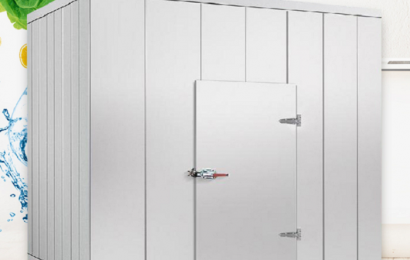
Flat roofing systems offer architectural versatility and efficient use of space, but they also demand strong safety considerations, especially regarding fire resistance. When it comes to performance and protection, many property owners turn to rubber coating for roof applications, particularly EPDM (ethylene propylene diene monomer), for its superior resilience under fire-prone conditions. Understanding the safety profile of rubber-coated flat roofs is essential for making informed roofing decisions in residential, commercial, and industrial environments.
What Makes Rubber Roofing Fire-Resistant?
Rubber roofing systems, especially EPDM membranes, are inherently fire-resistant due to their synthetic composition. These materials do not ignite easily, and when exposed to high heat or direct flame, they tend to self-extinguish rather than spread the fire. Most quality rubber roofing products are tested and rated for Class A fire resistance—the highest classification available under ASTM E108 standards. Class A-rated roofing materials are effective against severe fire exposure, resisting flames for extended periods without contributing to fire growth. This rating is particularly important for flat roof systems, which are more susceptible to fire risk due to the accumulation of leaves, debris, or rooftop mechanical equipment.
Thermal Resistance and Fire Containment
A significant safety benefit of using a rubber coating for roof applications is its thermal resistance. Rubber membranes can tolerate high temperatures without warping, melting, or releasing toxic fumes. This feature not only enhances structural integrity during a fire event but also reduces the risk of heat-related deformation over time. Rubber coatings act as an additional barrier, slowing heat transfer and helping to contain fire within isolated sections of the roof. In buildings with compartmentalized structures—such as warehouses or multi-unit dwellings—this containment buys critical time for occupants to evacuate and for first responders to act.
Low Smoke and Non-Toxicity Advantages
In fire scenarios, smoke inhalation is one of the primary threats to safety. Unlike some roofing materials that release harmful gases when burned, ethylene propylene diene monomer (EPDM) and similar rubber membranes emit low levels of smoke and toxic byproducts. This makes rubber-coated flat roofs a safer choice in environments where human exposure is a concern, such as schools, medical facilities, or residential complexes. Additionally, many rubber coatings are free from chlorine and halogens, substances commonly found in other synthetic roofing materials that can produce corrosive or hazardous fumes under heat stress.
Impact on Insurance and Building Compliance
Using fire-rated rubber roofing can also reduce insurance premiums and help meet local building code requirements. Many municipalities and fire safety authorities now mandate minimum fire-resistance ratings for commercial and multi-unit residential buildings. By installing rubber coatings that meet or exceed Class A standards, property owners can avoid fines, secure faster approvals, and reduce liability risks. Some insurers even offer discounts or premium credits for buildings outfitted with certified fire-resistant materials, making rubber roofing not just safer, but also financially advantageous.
Conclusion
When evaluating the safety of flat roofing systems, fire resistance should be a top priority. Leveraging a rubber coating for roof protection offers a powerful combination of flame resistance, low smoke output, thermal insulation, and code compliance. These qualities make rubber-coated flat roofs an ideal solution for property owners seeking enhanced safety, regulatory alignment, and peace of mind under high-risk conditions. Investing in fire-rated roofing isn’t just smart, it’s critical to long-term building integrity and occupant protection.















